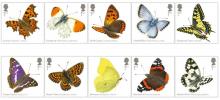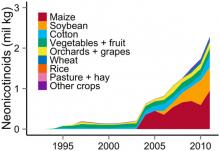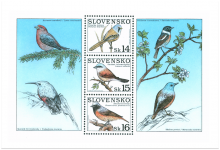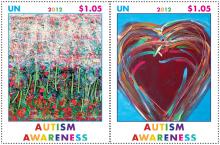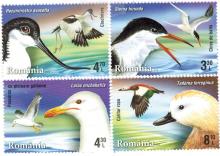Time to revisit the Paracelsus principle of “the dose makes the poison”
Environmental risk assessment approaches used by regulatory agencies around the world were developed on the basis of a methodology published by the National Academy of Sciences. For the hazard characterization step, it is generally accepted that once detectable, a response of an organism to a toxicant increases proportionally with the level of exposure until reaching an upper-limit or maximal-effect level (Emax) beyond which increasing toxicant dose will not increase the response (known as a monotonic dose-response).


